The first time I held a piece of fabric that started fraying, I panicked a little. Threads were slipping away like it was unravelling before my eyes, and I remember thinking, “Well, that’s it, the fabric’s ruined.”
All those fancy stitches are gone, ruined. Embroidery has been ruined. But wait! Don’t panic. Frayed edges don’t have to be the end of your project. In fact, they’re one of the most common sewing problems.
Ok, but how to sew frayed edges by hand? Well,
Sew Frayed Edges
You can sew frayed edges by hand using stitches like overcast, blanket, catch stitch, or by folding the edge into a hem to enclose the raw threads.
So many options, right? Well, it turns out you don’t need to cry about the frayed edges anymore. But which is most reliable? Let’s figure it out.
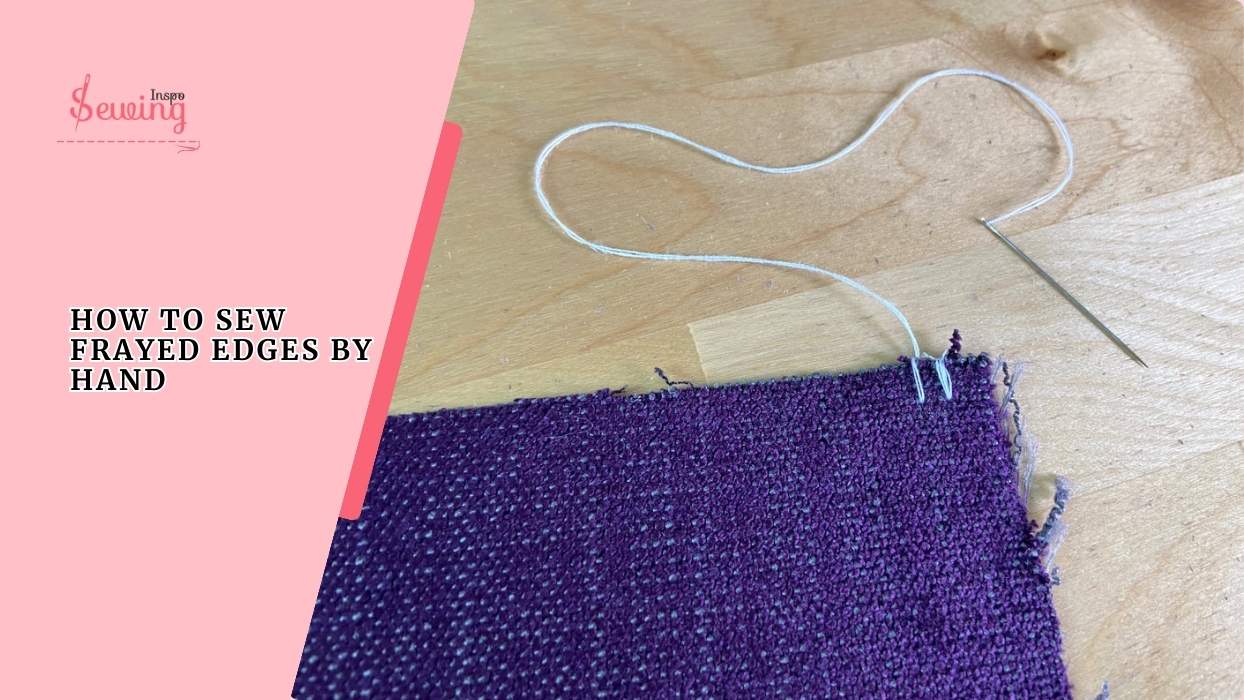
Table of Contents
Why Do Edges Get Frayed On The Fabric?
Fabric edges fray because cutting removes the selvedge. The tightly woven edge that keeps threads in place. It allows the fibres to loosen and unravel. How much fraying happens depends on several factors-

- The Tightness Of The Weave
- The Type Of Fibre
- How Much Wear Or Handling The Fabric Goes Through.
For example,
Loosely woven fabrics or those made from delicate, slippery fibers are especially prone to fraying, and the problem can be made worse by frequent washing, drying, or using dull cutting tools.
So basically, there are many reasons behind it. But if you know how to sew up frayed edges, then you won’t have to worry.
How To Sew Frayed Edges By Hand For Beginners?
To sew frayed edges by hand, I do 6 stitches, which is,
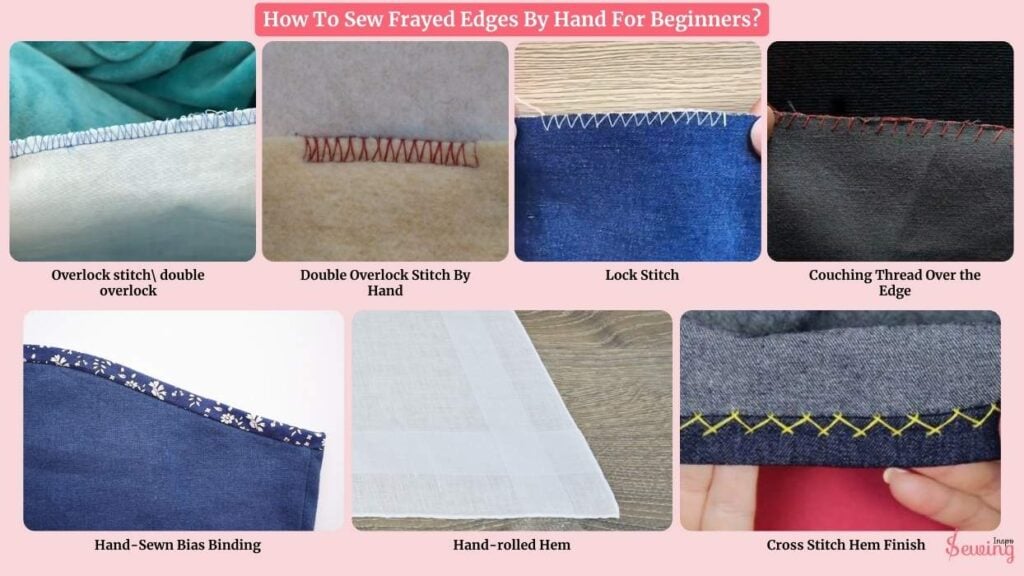
- Overlock stitch\ double overlock
- Lock stitch
- Couching Thread Over the Edge
- Hand-Sewn Bias Binding
- Hand-rolled Hem
- Cross Stitch Hem Finish
Here is how those work to stop edges from fraying.
Overlock Stitch By Hand
To use the Overlock stitch by hand to stop edge fraying, follow the steps below,
- Strong thread works best, and knot the end.
- Stick the needle up from the back so the knot is hidden.
- Push the needle over the raw edge and pull through.
- Make the stitches close together so the edge is fully covered.
- When you’re done, knot the thread and hide the end in the stitches.
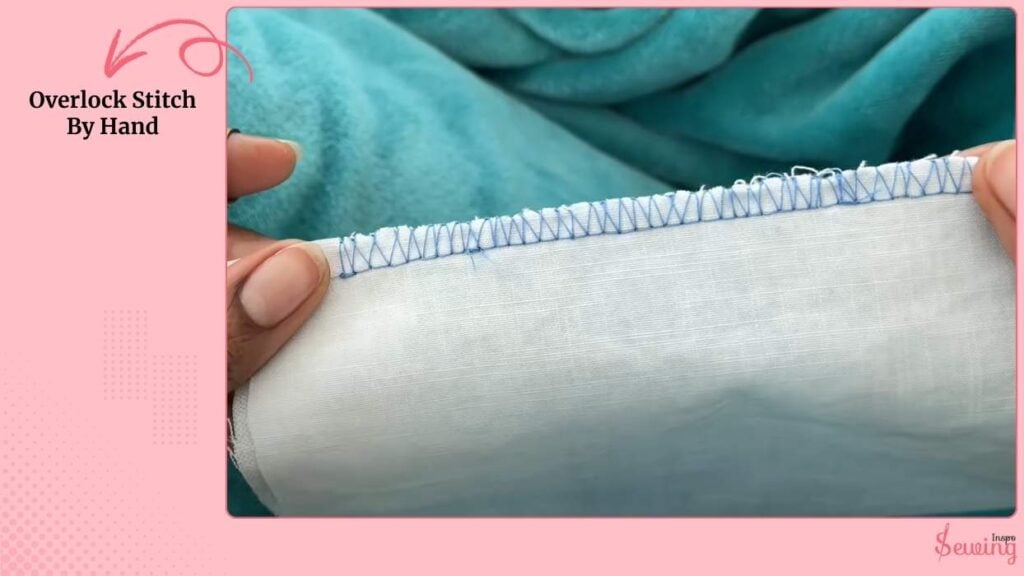
The hand overlock stitch protects raw edges by wrapping thread around them. This keeps the fibres in place. It prevents unravelling. It makes the fabric look neat. It is basically giving it a little “thread jacket” so it doesn’t fray.
Double Overlock Stitch By Hand
A double overlock stitch by hand works the same as a single overlock but gives extra strength. This is perfect for mending stitch by hand.
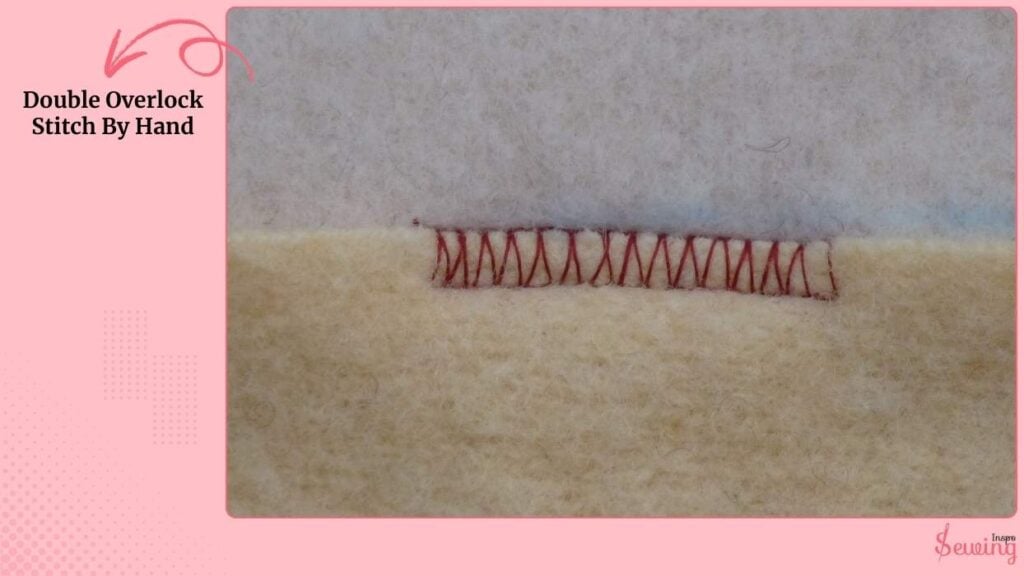
You just make two rows of overlock stitches along the raw edge instead of one. The first row secures the edge, and the second row sits right next to it for extra protection against fraying.
It’s perfect for fabrics that fray easily or get heavy use or end stitches.
Lock Stitch By Hand For Beginners
To lock stitch to stop fabric edge from fraying grab your needle and strong thread, and knot the end. Start at the edge of your fabric. Push the needle through from the back so the knot stays hidden.
Take a small stitch forward, then loop the needle back into the previous stitch before pulling tight. That’s the “lock” part. It keeps the thread from loosening.
Keep repeating: stitch forward, loop back into the last stitch. Work along the whole edge. When you’re done, tie a knot and hide the tail in the stitches.
The edge is now secure, neat, and won’t fray with lockstitch. It’s basically giving your fabric a stitched fence that locks everything in place.
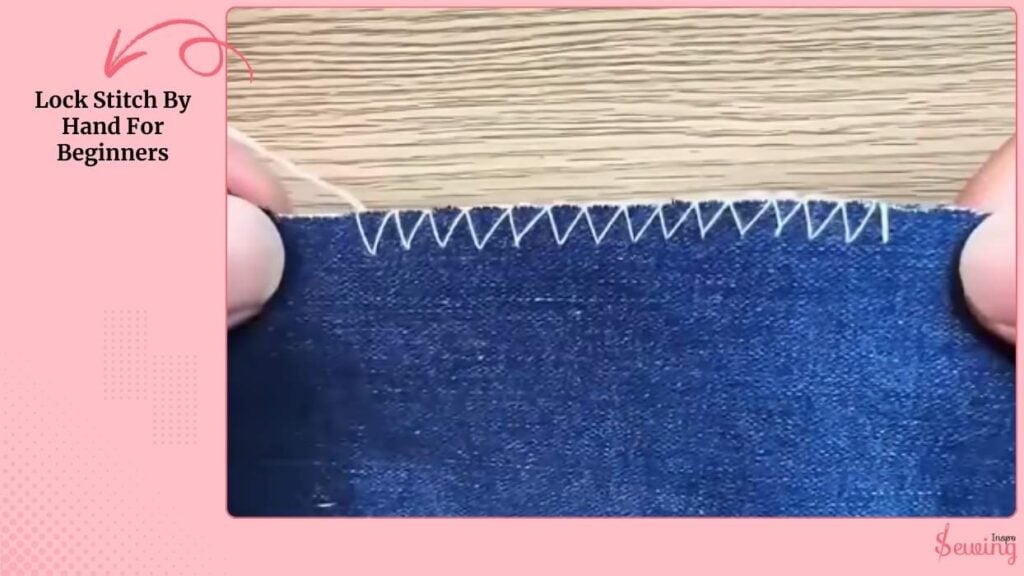
Couching Thread Over The Edge
Couching is a technique where you lay a thread, cord, or yarn on the surface of the fabric and then stitch over it with small stitches to hold it in place. The technique itself is sounds secure.
That’s why I use this for stopping frayed edges, especially on thicker fabrics.
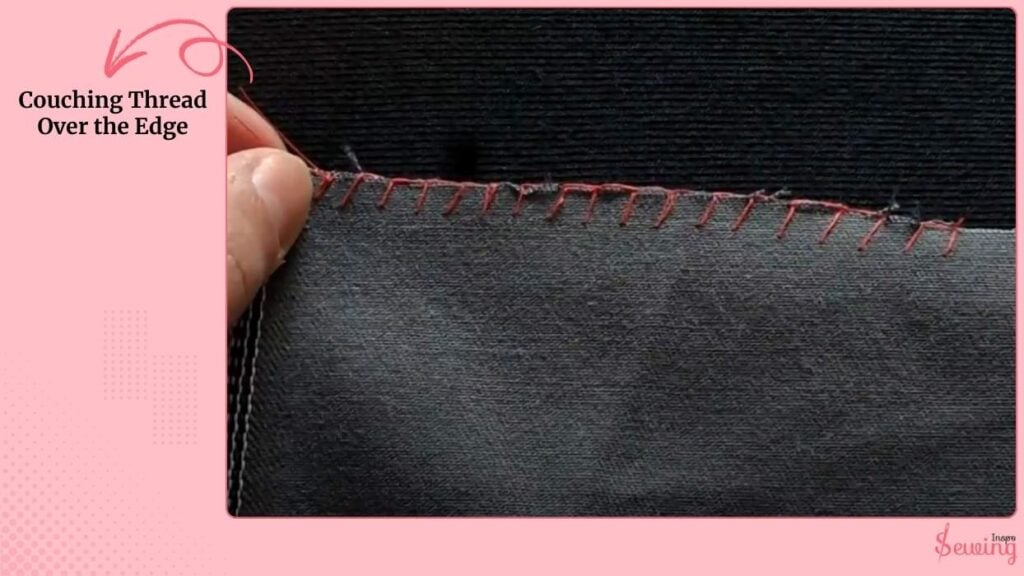
- Lay your cord. Place a strong thread or thin cord right along the raw edge.
- Tack it down. Use small stitches to sew over the cord, catching both the cord and the fabric. Make the stitches close enough that the cord doesn’t wiggle around.
- Move along the edge. Keep going stitch by stitch until the whole edge is secured.
- Finish neatly. Tie a knot at the end and hide the tail under the stitches.
That’s it! Your edge is locked in place, super sturdy, and won’t fray even with washing or heavy use. It’s perfect for wool, upholstery, or anything that needs extra strength.
Hand-Sewn Bias Binding
Hand-sewn bias binding is a strip of fabric cut on the diagonal (the bias) that you sew along the raw edge of a project. Because it’s cut on the bias, it’s flexible and works especially well on curves.
That’s why it is the best option to stop edge fraying. Here’s a great way to finish raw edges, especially on garments or unlined projects.
- You can use store-bought or cut a strip on the bias from your fabric.
- Lay the bias tape along the raw edge, right sides together. Secure with pins or clips so it doesn’t move.
- Sew along the edge, catching both the fabric and the bias tape. Keep your stitches small and even.
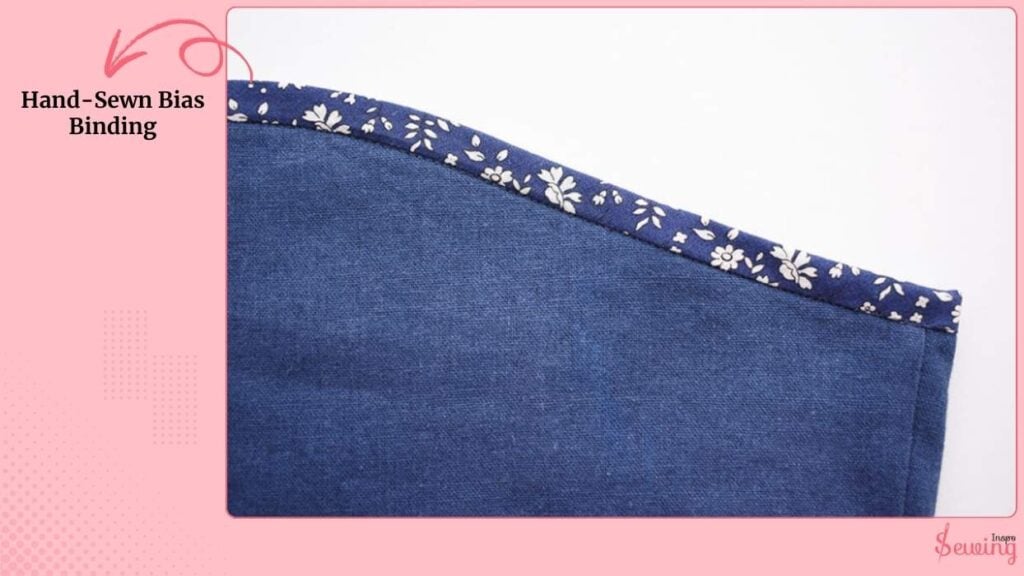
- Flip the bias tape over the raw edge to the other side of the fabric.
- Use tiny, almost invisible stitches to tack the bias tape down. Keep them close, so the tape stays smooth and secure.
- Tie off your thread and tuck the tail under the binding.
Done! The raw edge is completely enclosed, neat, and professional-looking. It’s strong enough to handle washing and wear, and it gives your project a polished finish.
Hand-Rolled Hem
Hand-rolled hem is another way to fix a frayed edge. It is easy and smooth. Here is how you do it-
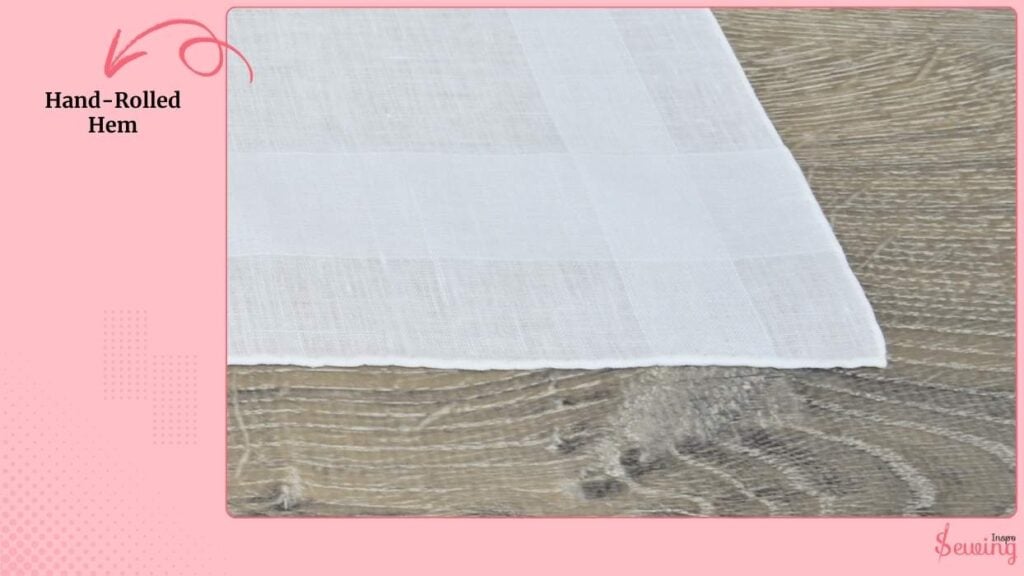
- Cut the raw edge even, about 1–2 mm if needed.
- Use your fingers to roll the raw edge under 1–2 mm tightly.
- Use tiny whip stitches or slip stitches about 2–3 mm apart, catching only a thread or two of the fabric so the stitches stay almost invisible.
- Move along the edge, keeping the roll tight and the stitches uniform.
- Tie a small knot at the end and tuck the thread tail under the hem.
The edge is now neat, smooth, and protected from fraying. Hem stitch is perfect for light fabrics like silk, chiffon, or fine cotton. It’s delicate but durable enough for gentle wear. If you want something so simple, then you can use triple straight stitch by hand too.
Cross Stitch Hem Finish
Cross stitch is another fancy type of stitch. But it’s not just for hand embroidery. It can also make the fabric edge. Here is how it can do it-
- Trim the raw edge if needed. Fold the edge under about ¼ inch (6 mm) and press lightly if you like.
- Use a strong thread that matches your fabric. Not the end.
- Take a tiny diagonal stitch from the fold into the main fabric.
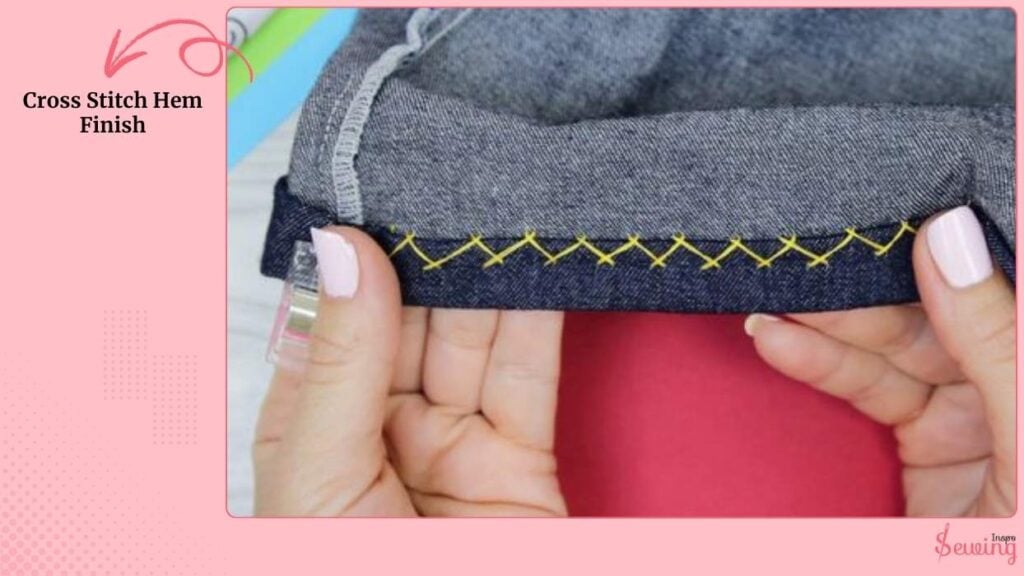
- Then, cross back diagonally into the folded hem. This forms a little “X” on the back of the fabric.
- Work along the edge, keeping your X’s about ¼ inch (6 mm) apart. The stitches should be small but even for a tidy look.
- When you reach the end, tie a knot and hide the tail in the hem.
The hem now lies flat, looks neat on both sides, and won’t fray. It’s perfect for medium-weight fabrics like cotton, linen, or blends where you want durability and a clean finish.
What Is The Best Hand Stitch For Frayed Edges?
I recently asked a bunch of fellow sewers and crafters: “Which hand stitch works best to stop fraying?” After gathering votes and feedback.

The winner is clear: the Hand Overlock Stitch.
Comments I got from the group:
- “Overlock is a lifesaver! I can wash my project, and the edges stay perfect.”
- “Lockstitch feels extra secure. It is great for things that get a lot of wear.”
- “Couching is perfect if the fabric is thick, like wool or upholstery.”
My take?
Personally, I lean toward the Hand Overlock Stitch too. It’s simple, works on almost every fabric, and really keeps the edges neat. For me, it’s the easiest and most reliable way to stop fraying without making it look bulky.
Frequently Asked Questions
Can I use a Lockstitch instead?
Yes! The Hand Lockstitch is great for durability, especially on thicker fabrics or edges that get a lot of wear.
What about delicate fabrics like silk or chiffon?
For lightweight fabrics, a Hand-Rolled Hem or Cross-Stitch Hem Finish works beautifully. They’re subtle and protect the edge without bulk.
Is Couching Thread over the Edge strong?
Absolutely. It’s perfect for thick fabrics like wool or upholstery because the cord locks the edge in place.
Now It’s Your Turn
That’s how to sew frayed edges by hand without machine.
Which method would you like to stop fraying the fabric edge?


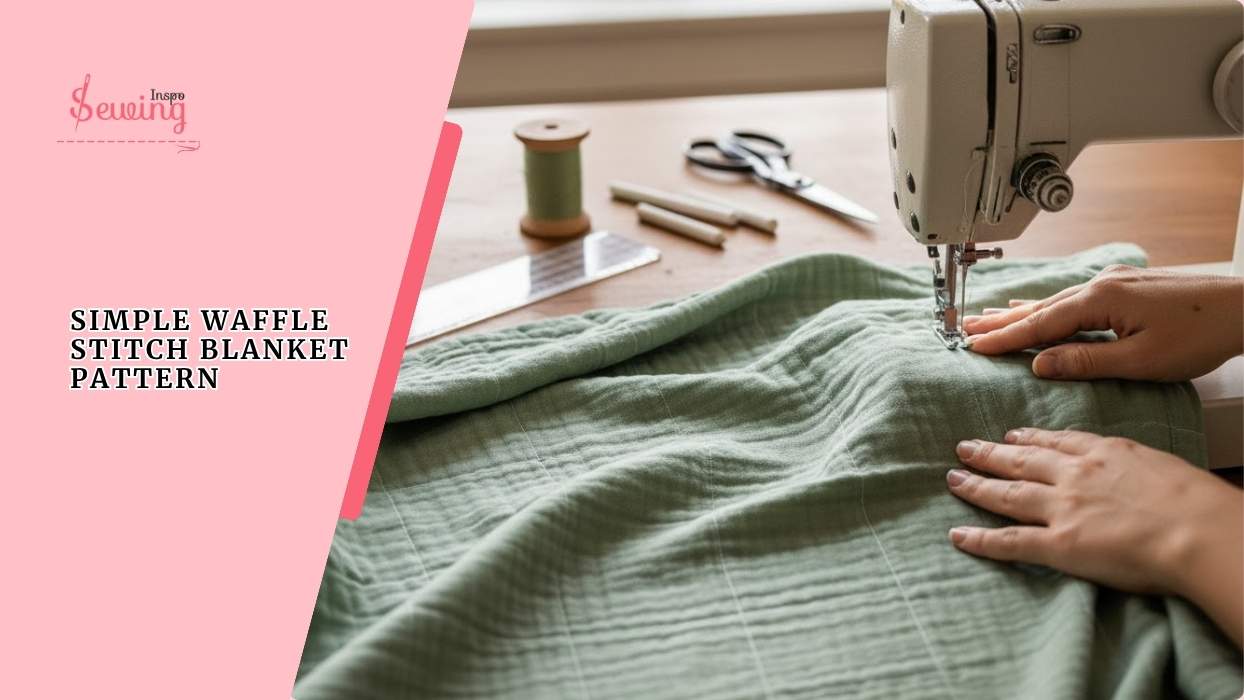
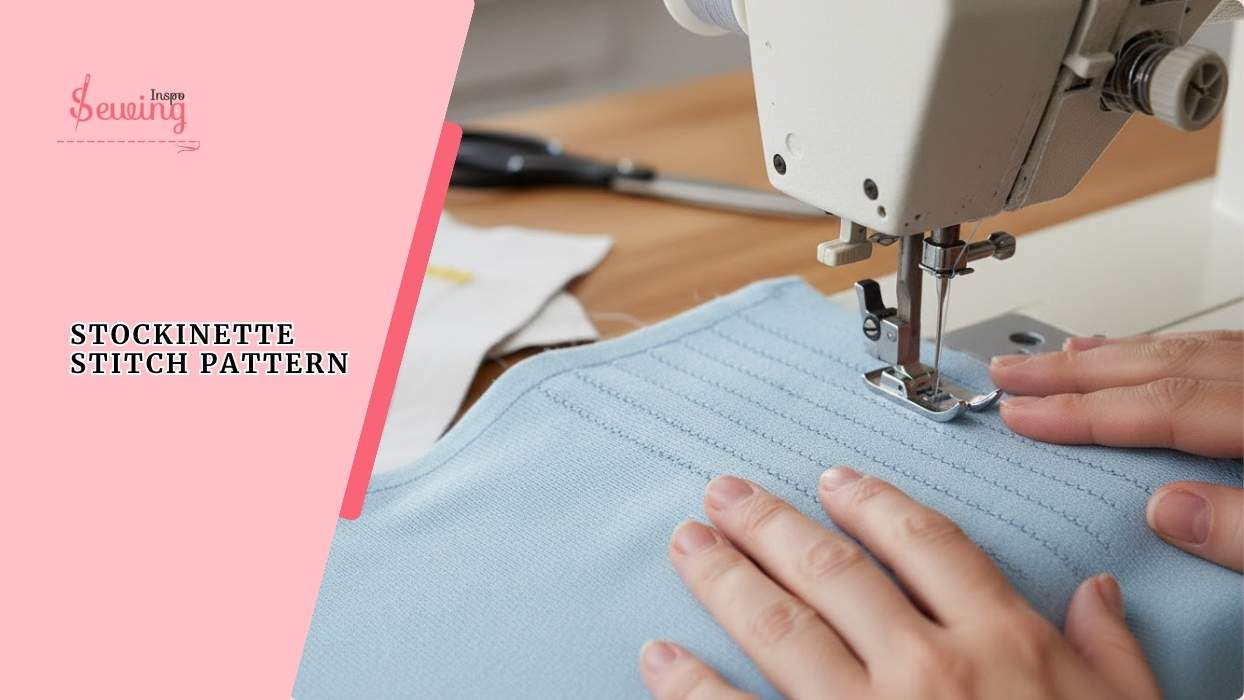
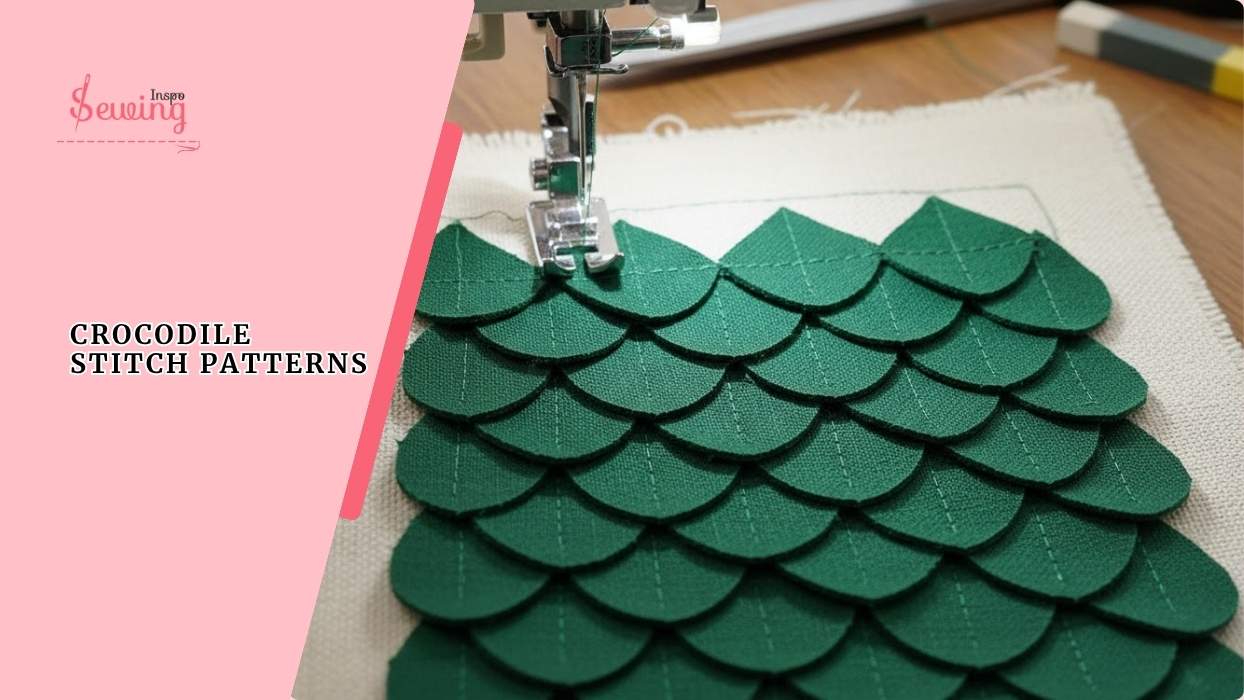
Leave a Reply